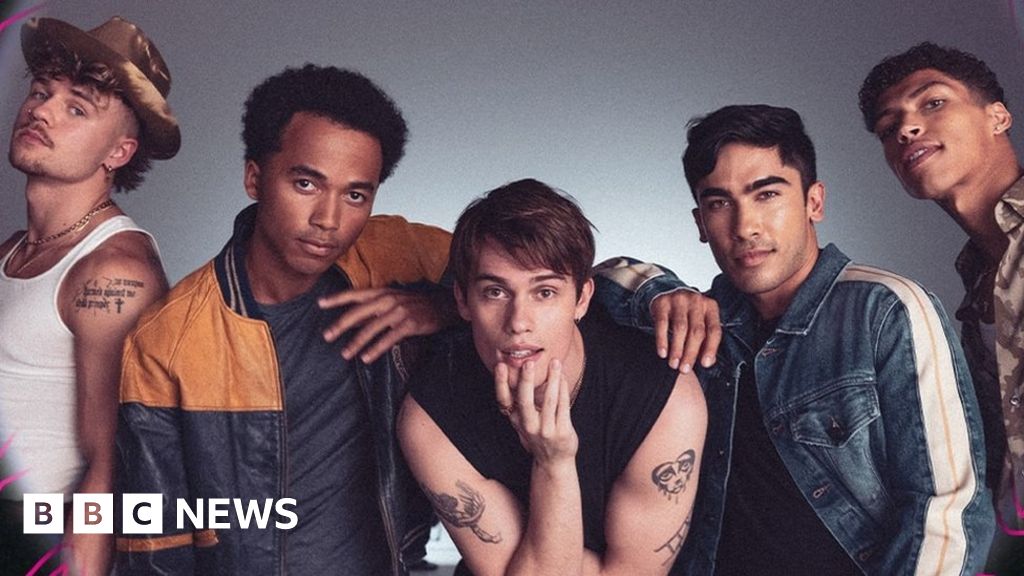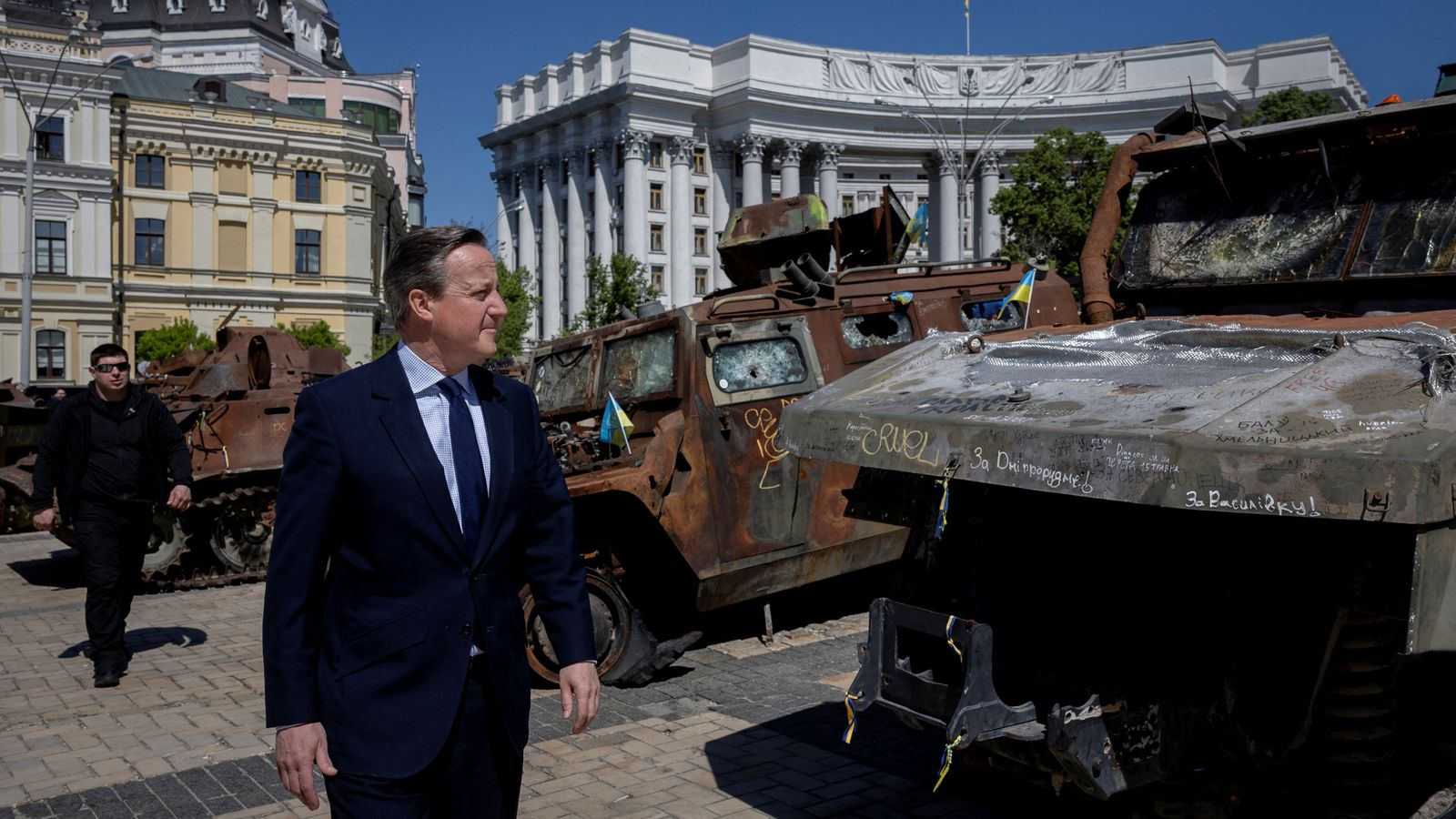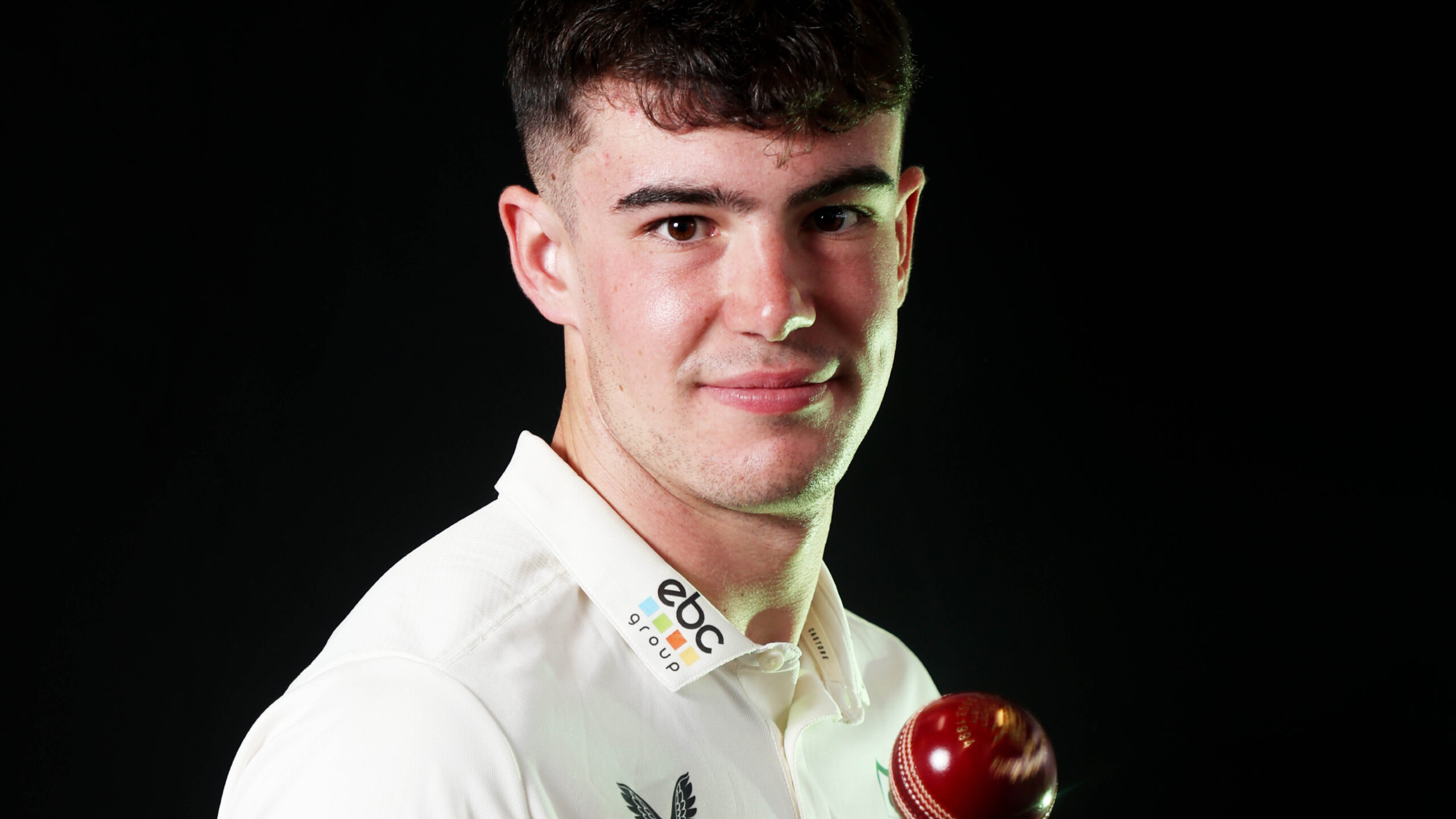INGLEWOOD, CA – AUGUST 27: Rapper Nicki Minaj arrives at the 2017 MTV Video Music Awards at The … [+]
When the queen of rap, Nicki Minaj, announced to her die-hard fans, affectionately known as the Barbz, that they would all be “going to Gag City” with her new album, Pink Friday 2, the Barbz went crazy, and social media has been in a frenzy ever since. Gag City is a reference to the LGBTQ+ slang term “gag,” meaning to be awestruck by something, similar to “slay,” which has become a popular term.
The Barbz jumped on the concept of “going to Gag City” and started creating their own hyper-futuristic, uber-pink digital town called #GagCity, complete with the same pink, dreamlike aesthetic featured in the album’s cover art. Pink Friday 2 was released today to rave reviews. The album encompasses 22 new songs including features with the likes of Drake, J. Cole, Lil Wayne, Tate Kobang, Lourdiz, Lil Uzi Vert, Skillibeng, Skeng, Tasha Cobbs Leonard, and Future.
Why should we care?
The social media frenzy created by Nicki Minaj perfectly showcases the enormous power of user-generated content and the incredible dedication of fans. As someone who has witnessed the rise of stan culture over the years, I can attest to its influence. Stan culture refers to the behavior of diehard fans who often organize online and have become highly influential in recent years. These passionate fan bases have organized to affect many things, from politics to the ticketing industry.
In my book, The Kim Kardashian Principle, I focus on the importance of brands building fanatics rather than just fans. Fanatics, or stans, create a stronger and more engaged community, going the extra mile to promote your brand. Nicki Minaj’s Barbz exemplify this dedication and passion by going above and beyond to promote Pink Friday 2 via “Gag City.”
It’s also interesting to look at the stats. User-generated content holds significant trust among millennials, with 79% stating that it influences their purchasing decisions. When customers feel connected to a brand, they are more likely to increase their spending and choose that brand over competitors.
Secondly, what I find especially interesting in this Nicki Minaj Gag City marketing case study is the use of generative AI in its creation. This is the first time, to my knowledge, that an artist’s fan base has generated such attention using this technology.
And it’s clearly worked.
The Barbz’s use of AI-generated images to bring Gag City to life has captured the attention of not only brands but also celebrities, including Nicki Minaj herself. This demonstrates the power of thinking outside the box and finding new ways to engage and captivate an audience.
In fact, the use of AI to generate #GagCity content further emphasizes the importance of embracing innovation in marketing strategies. And the statistics show that leaders who prioritize innovation win. Brands that prioritize innovation are growing at 16% higher rates than those that do not according to a Zipdo report. Additionally, 94% of CEOs consider business innovation a top-three priority, while 84% of executives agree that innovation is crucial to their growth strategy.
Thirdly, the power of social media vernacular, or dare I say “slang,” should not be underestimated. As I mentioned, Gag City is a reference to the LGBTQ slang term “gag,” meaning to be awestruck by something, similar to “slay,” which has become a popular term. Marketers and leaders need to stay on top of these cultural terms and not be afraid to use them, even if they’re slang.
In the world of communications, language is critical – and believe me when I say – in the world of social media, there’s a whole new language to learn. Nicki Minaj’s promotion of Pink Friday 2 has shown that using language and trends that resonate with the target audience can create a significant amount of buzz and earned media marketing content.
More than 60% of audiences find brands more appealing when they use relevant social media slang. Over 70% of millennials and Gen Z regularly use slang in their online communications. Brands that leverage popular social media slang see a 30% increase in engagement on their posts.
Last but certainly not least, don’t forget to have a sense of humor. Nicki Minaj has successfully promoted her album by embracing humor. The memes and AI generated images inspired by Gag City are hilarious. It’s clear that this level of authenticity and playfulness has resonated with her audience and played a key role in the “Gag City” phenomenon.
Brands like Dunkin’, Spotify, Converse and Chips Ahoy have also injected humor into their engagement with the trend, making their interactions more relatable and human. This approach helps humanize the brand and foster a deeper connection with the audience. I don’t think marketers should take themselves too seriously (there’s a reason we’re not Chief Financial Officers.)
Besides, ads that make people laugh are 30% more likely to be remembered than serious ads, according to a 2019 study. They drive engagement, shares, and continued buzz for the brand.
All this to say, it’s a whole new world out there, so I hope you’re ready to gag? And while you’re at it, “slay” and “flex” too because that’s when you’ll come up with some seriously “lit AF” brand ideas. You feel me, right?
Named Esquire’s Influencer Of The Year, Jeetendr Sehdev is a media personality, international speaker and the author of the New York Times bestselling sensation, The Kim Kardashian Principle: Why Shameless Sells (and How to Do It Right.)

Sophie Anderson, a UK-based writer, is your guide to the latest trends, viral sensations, and internet phenomena. With a finger on the pulse of digital culture, she explores what’s trending across social media and pop culture, keeping readers in the know about the latest online sensations.








